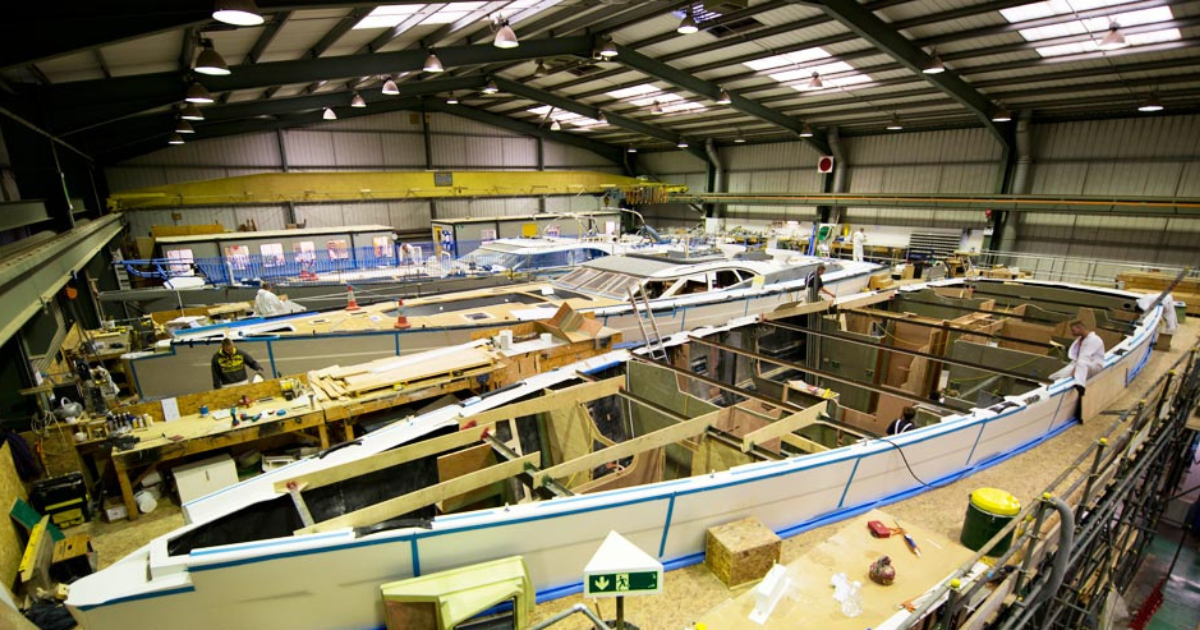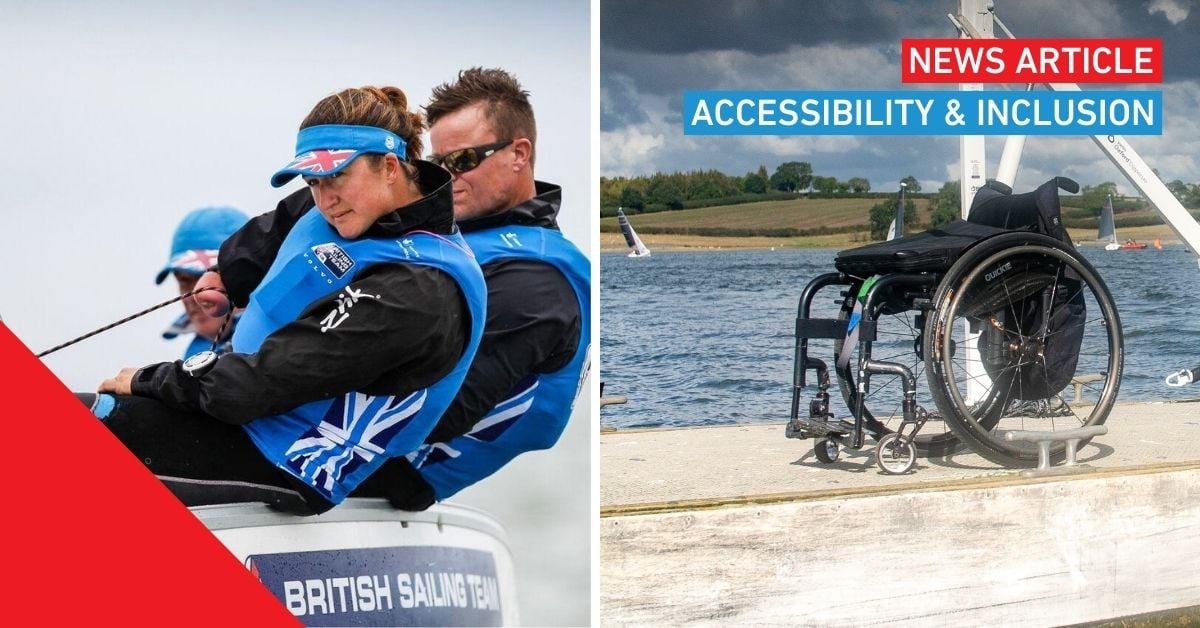Facing supply chain stalls
Prices for parts remain high. The price for transport has not returned to pre-covid levels and some yacht components remain out of stock. Yards for pleasure craft struggle to keep production ongoing, but have to confront their clients with longer delivery times. The supply chain congestion caused by the pandemic has inflicted some long lasting effects.
“We have been facing three problems,” Jeroen van den Heuvel observes from his point of view as the Head of Yachtbuilding Department at the Dutch boatbuilders association HISWA. “Many materials and supplies have not been available at all for some time. Other necessities that were available have been super expensive. Prices for wood and steel and parts for yachts went through the roof. For supplies that remained available, cost of transport increased to unknown levels. Shipping a container from China to Europe was twelve or even thirteen times the price of shipping in 2019. We observed this to be a consequence of the pandemic that kept countries closed and vessels away from ports. Now, by the end of 2022, supply chain problems like these are less urgent than one year ago. But prices have not got back to the 2019 level and I think they will never get back to that level again. What remains is uncertainty. Most materials and parts are available again, but at high prices. The pandemic supply chain congestion has left some quite unpredictable flaws in warehouses. For example if you are looking for the right engine in the yacht you’re building: at some engine manufacturers, you may find that engines throughout the whole range are ready available, but just this one type cannot be delivered within a year. Next to increased prices for materials and parts, delivery time has increased for almost all supplies.”
High demand, no parts
While supply chain congestion was felt throughout most industries, it was the yachting and boating industry that flourished during the pandemic. The number of families that realized that a boat is an ideal retreat without infection risk, inflicted unknown demand for boats. Notably in the market segment of boats for inexperienced skippers, new and used boats were sought after. This high demand from new customers directly led to high demand for materials and parts from boat builders and boat dealers. While a lot of other industries were slowing down, not being harmed all that much by the slowing supply chain, waterborne recreation was anxious to get more supplies, faster. Complexity of yachts does not do this case any good, either. “The fact that we deliver yachts that consist of thousands of parts, pieces of equipment and accessories, makes us even more vulnerable to supply chain flaws,” a spokesperson of the German boatbuilders industry association DBSV (Deutscher Boots- und Schiffsbauer Verband) says. “If we miss one of all these parts, we cannot finish the boat.”
Warehousing
Maintaining large numbers of parts in stock is one of the solutions named by boat builders. After the period of high demand in 2020 and 2021 however, stock has run out for a lot of boat builders. With replacement still too slow and too expensive, other ways to continue boat manufacture are investigated. “We responded classically when we identified receding supplies and lengthening delivery times,” Marc Diening, CEO at Bavaria Yachts explains to the German magazine Bootswirtschaft (boating industry) of DBSV. “We increased orders with our regular suppliers. We intensified communications with the suppliers that were possibly facing problems to acquire their materials, so we had a clear view of the status of deliveries. We have been looking for solutions together with our suppliers as a partner. We understand that they do not hold back their deliveries on purpose. In the end, some of our end clients might have been confronted with longer delivery times then they are used to.”
Overheating prevented
President Frank Hugelmeyer from USA’s boating industry association NMMA says: “Spotty supply chain disruptions remain in the U.S. but many inputs have stabilized. We expect the remaining disruptions will work themselves out in 2023. While the persistent supply chain turbulence and challenges are far from ideal, they prevented the U.S. boat market from overheating and over-producing. As a result, dealer inventories remain in healthy condition when compared to past market slowdowns and forward order books remain strong. This bodes well for the U.S. market going forward.” Yards have started to make their own parts to cope with supply chain flaws, he sees: “To improve consistency and production certainty, many boat manufacturers produced parts in-house or changed suppliers. This trend will continue in the part categories where supply chain disruptions remain.”
Portal
Hugelmeyer exemplifies the role that industry associations can play to help their members and the whole industry in times of market disruptions: “NMMA has stayed focused on areas we could directly impact. We worked closely with the U.S. Congress and The White House to pass the CHIPS and Science Act that will ensure a more stable chip and domestic semiconductor manufacturing supply in the future. We also supported passage of the Ocean Shipping Reform Act of 2022. This bill helps relieve the nation’s bottleneck at ports and supply chain challenges. Finally, we introduced and expanded IBEX 365 – an online portal that helps connect suppliers to American boat builders.”
Share your stories on leisure marine industry with us
Do you have an innovation, research results or an other interesting topic you would like to share with the leisure marine equipment industry? The METSTRADE website and social media channels are a great platform to showcase your stories! Let us know via metstrade@rai.nl
Are you a METSTRADE exhibitor?
Make sure you add your latest press releases to your Company Profile in the Exhibitor Portal for free exposure.




